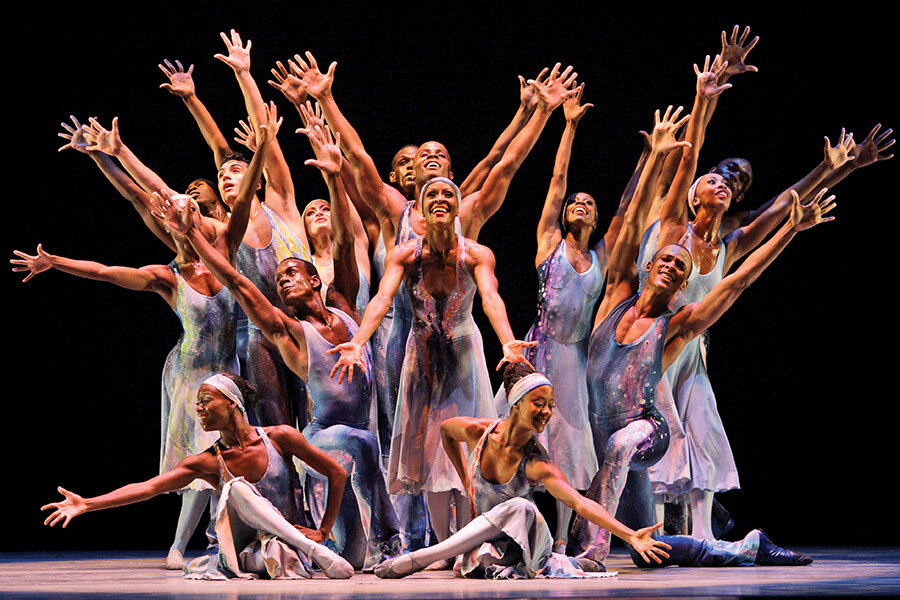Arts companies ask, how do we bring in Millennials?
Loading...
The Alvin Ailey American Dance Theater listened, and it heard young adults’ concerns that an evening with the renowned company meant missing out on socializing, or wouldn’t be relevant or affordable.
“We also found out they really don’t like to be called Millennials,” Ailey executive director Bennett Rink said, adding he could understand individuals resisting being lumped under a label.
Whatever they’re called, arts organizations are intent on engaging them. The New York-based Wallace Foundation last year offered dance, music, and theater institutions grants under a six-year, $52 million audience-expanding initiative. Many projects that were funded focused entirely or in part on young adults. The Pew Research Center noted this year that Americans who were between the ages of 18 and 34 in 2015 had edged out baby boomers as the biggest generation.
Cultural workers from institutions around Denver gathered recently to hear how the city’s main theater was trying to lower its average audience age, which is currently 52. A presentation detailed results of surveys that a Wallace grant allowed the Denver Center for the Performing Arts to commission. Data on Millennials’ entertainment habits informed marketing and staging this year of the DCPA immersive show “Sweet & Lucky.”
Ailey also used Wallace money for surveys. The results prompted the company to offer “young New Yorkers” – no mention of “Millennials” in promotional material – discounted season tickets, after-show parties, even an exercise class led by Ailey instructors. Such efforts were funded by the Wallace grant.
Having found that young New Yorkers are interested in social issues, Ailey is also drawing attention to pieces in its repertoire such as MacArthur-winning choreographer Kyle Abraham’s exploration of racial injustice, “Untitled America.”





